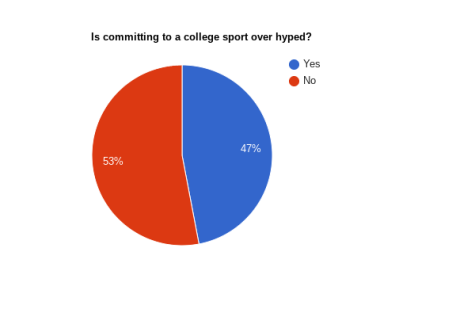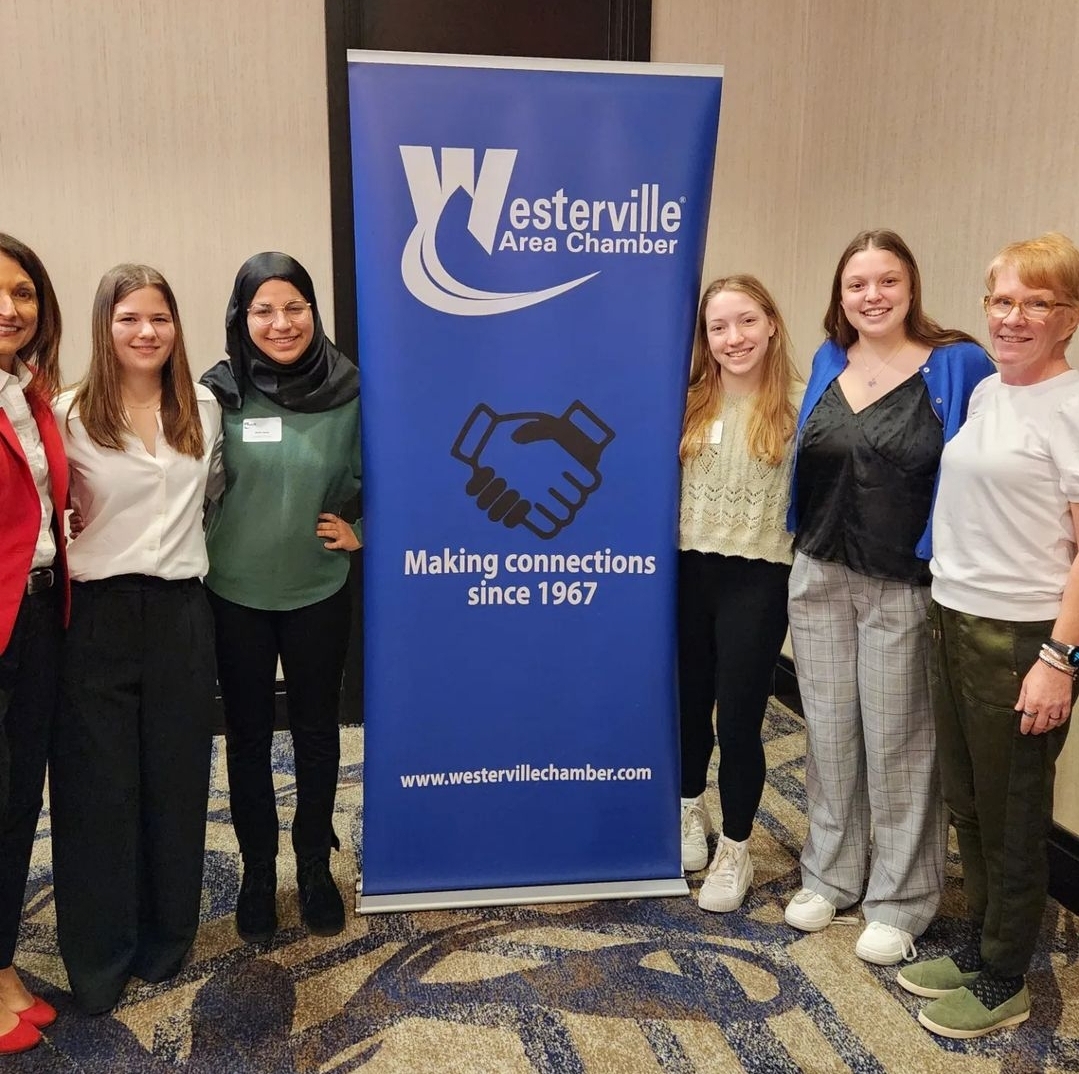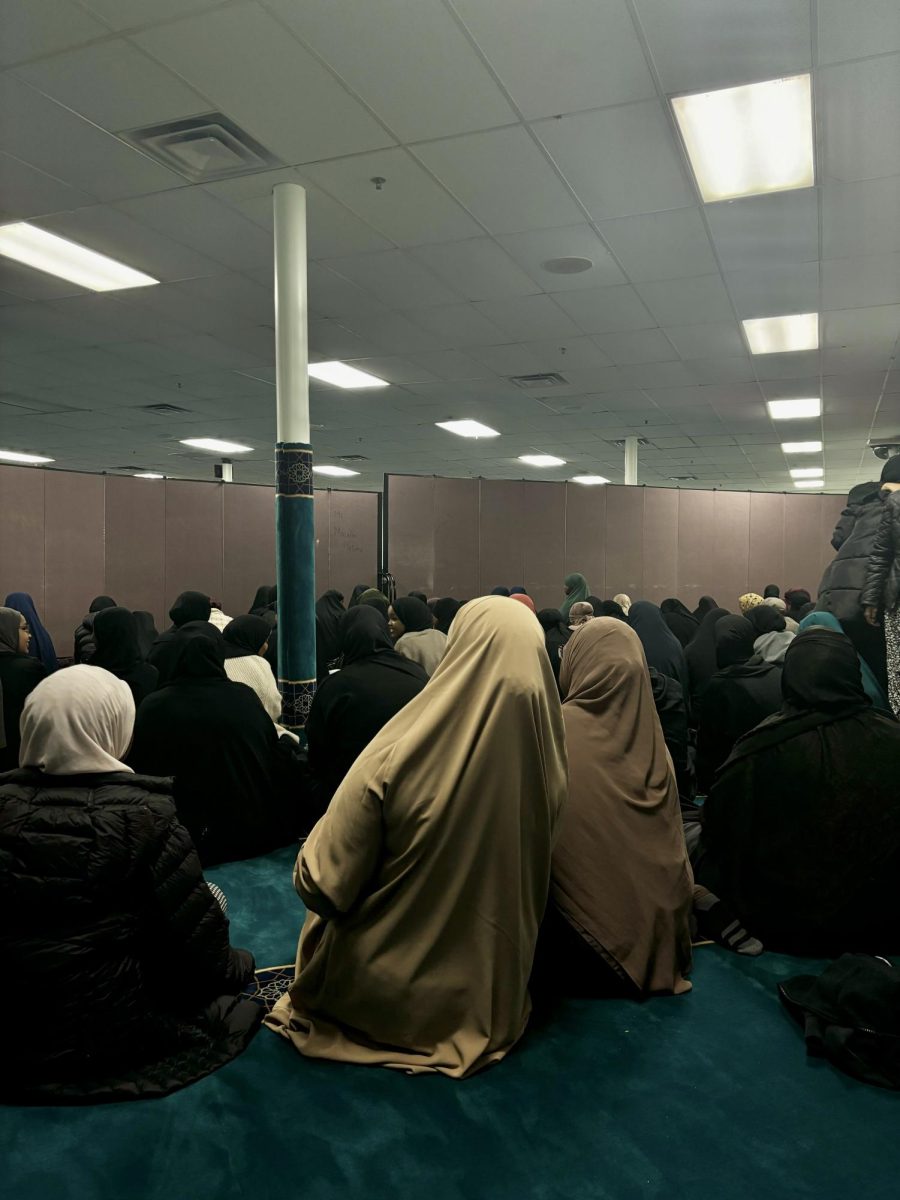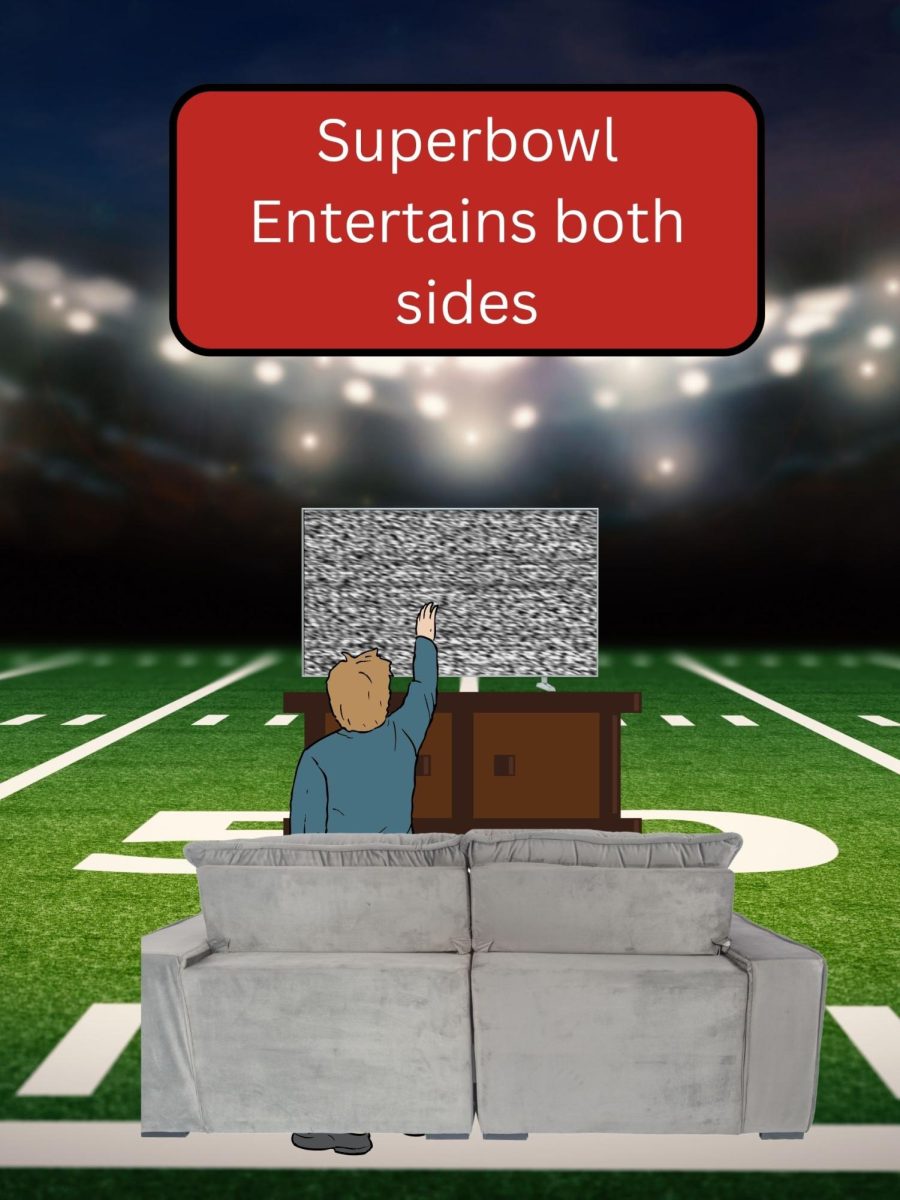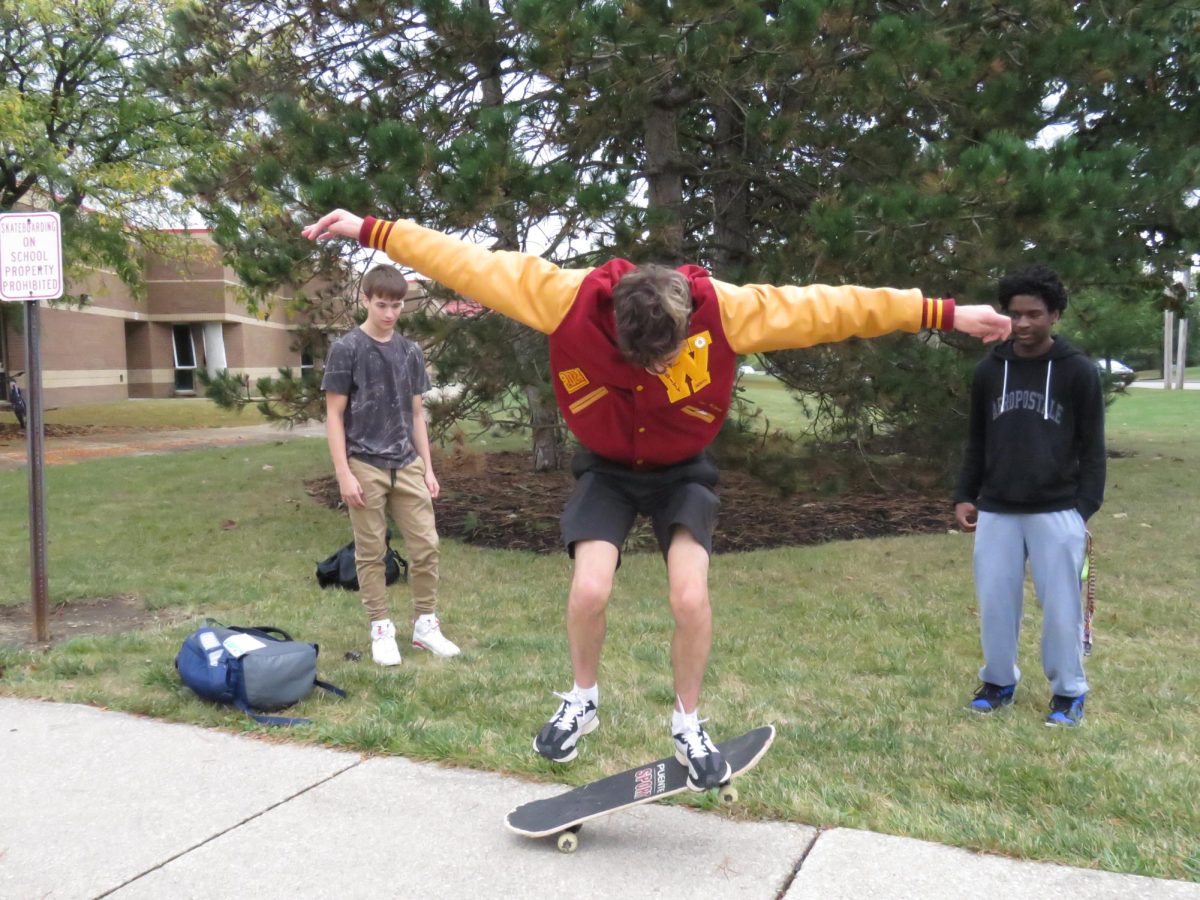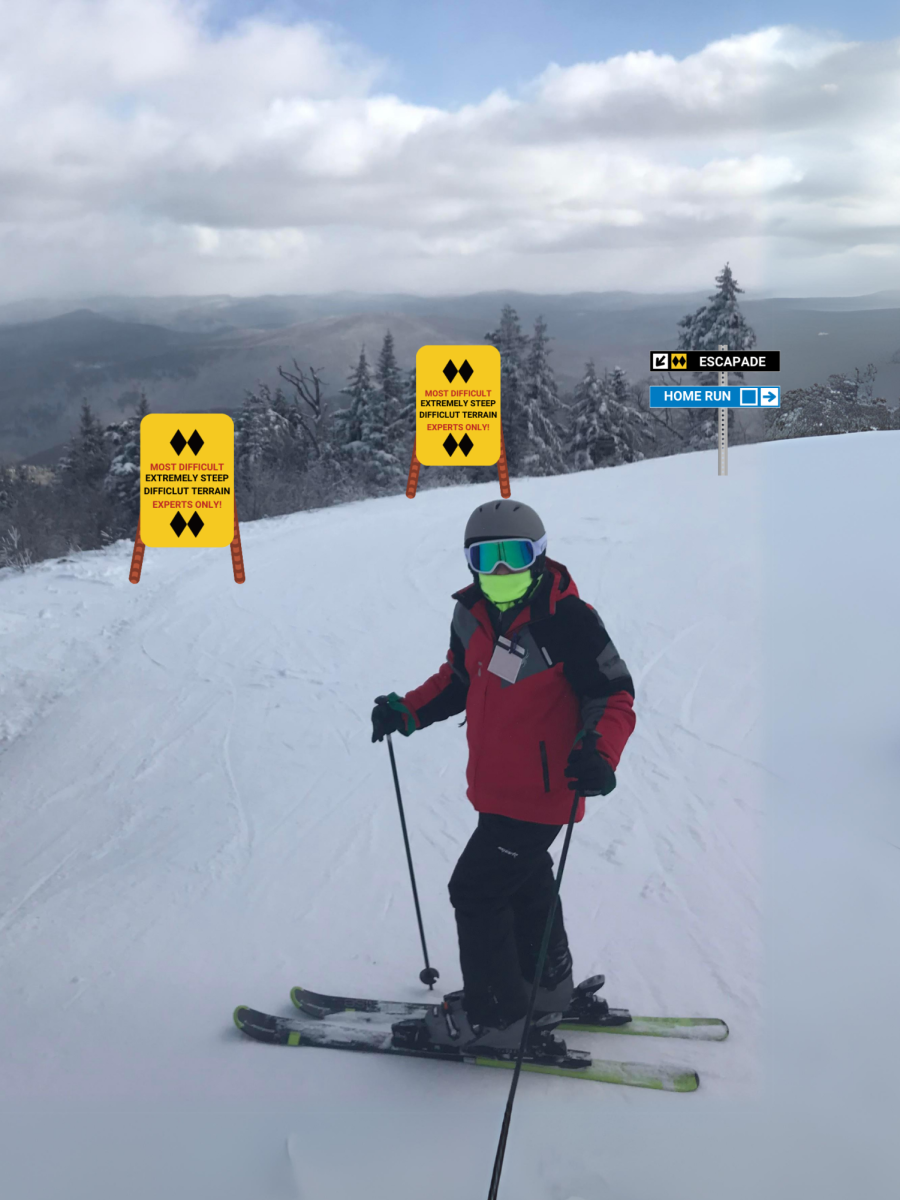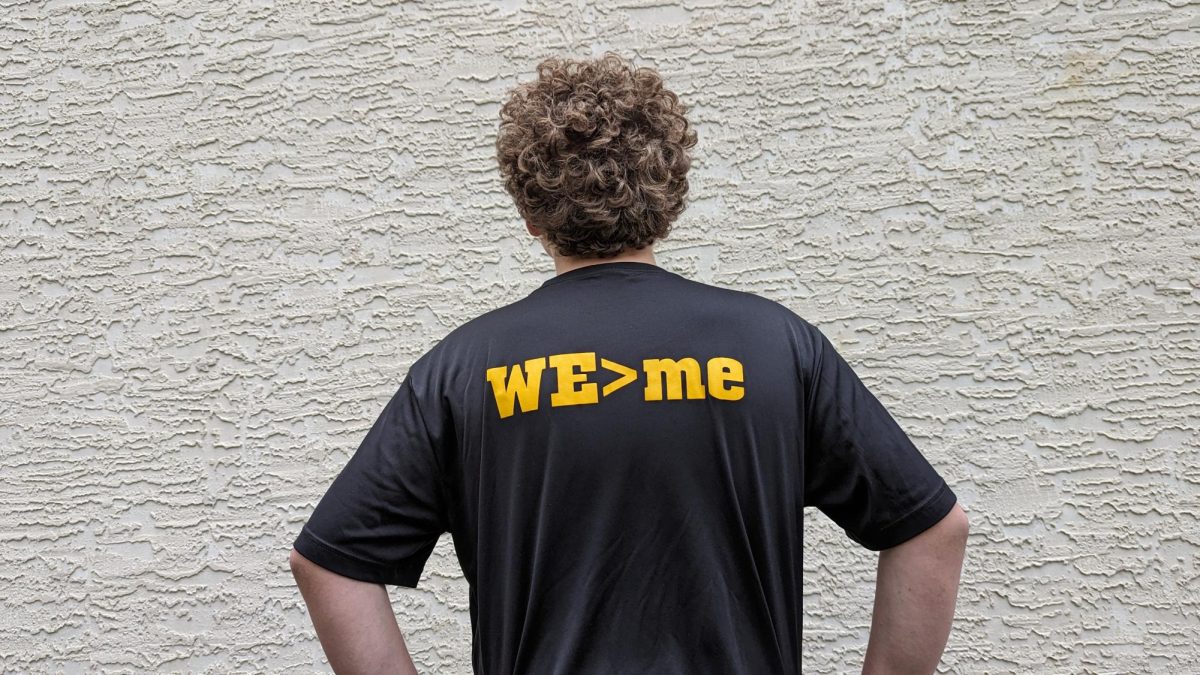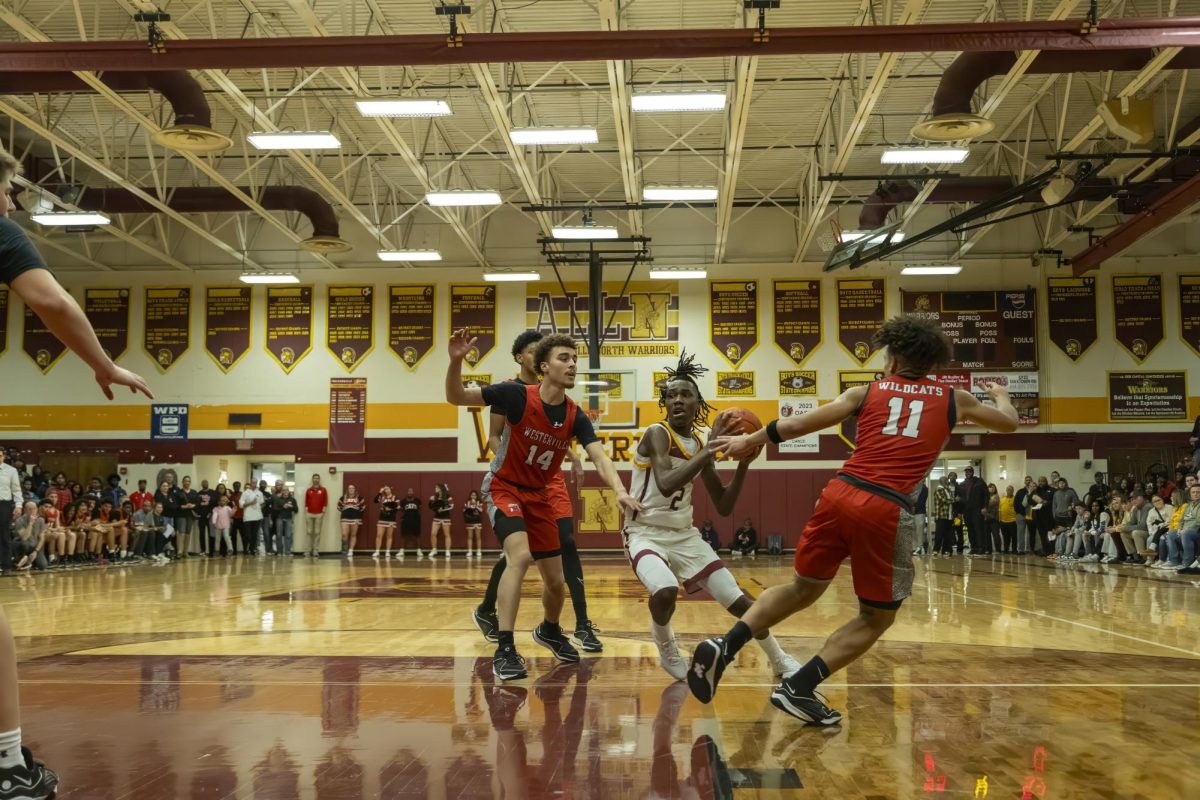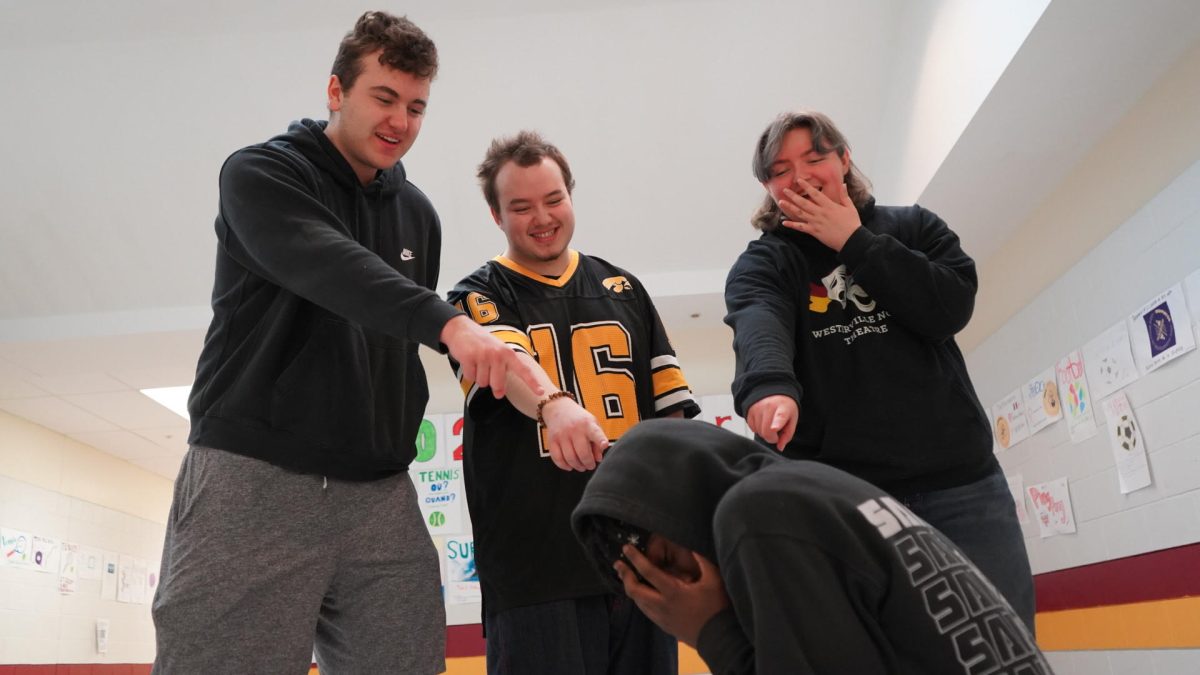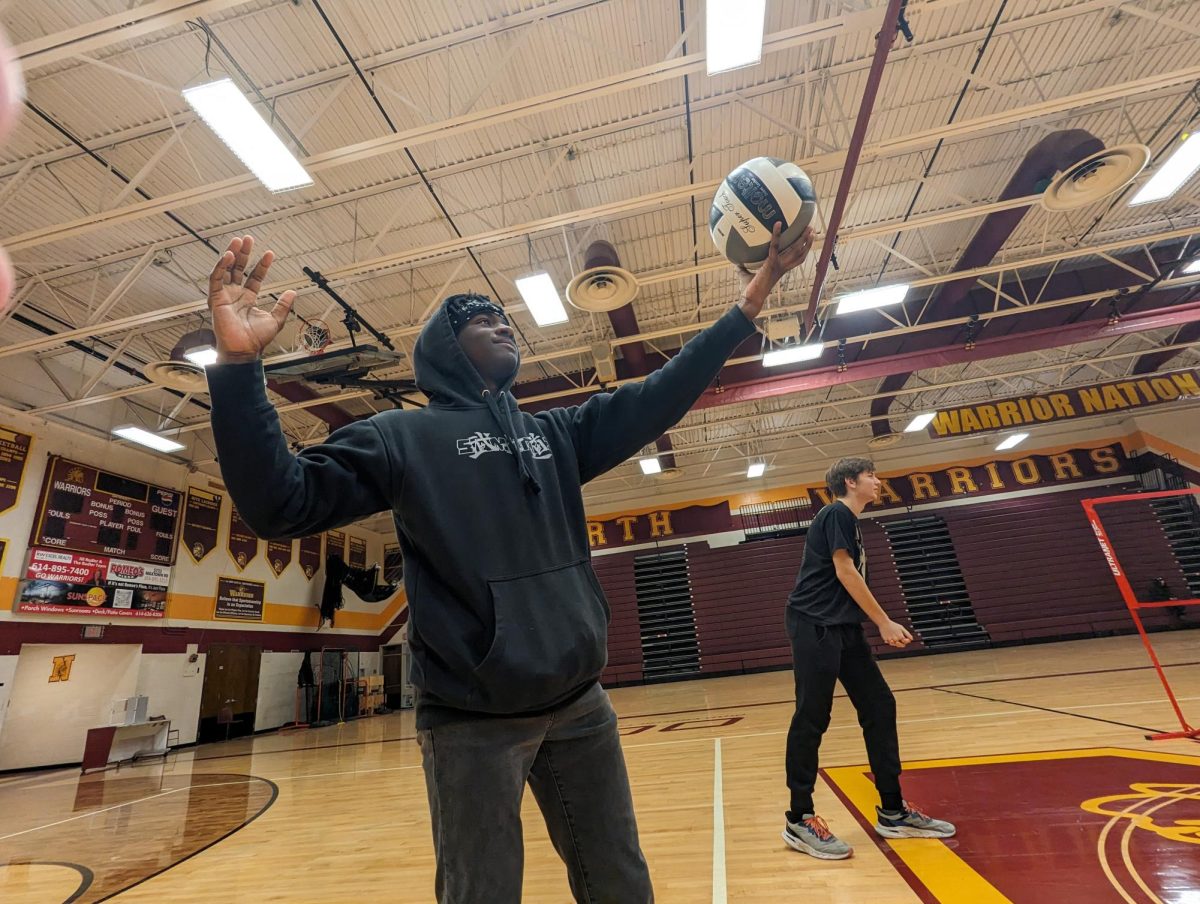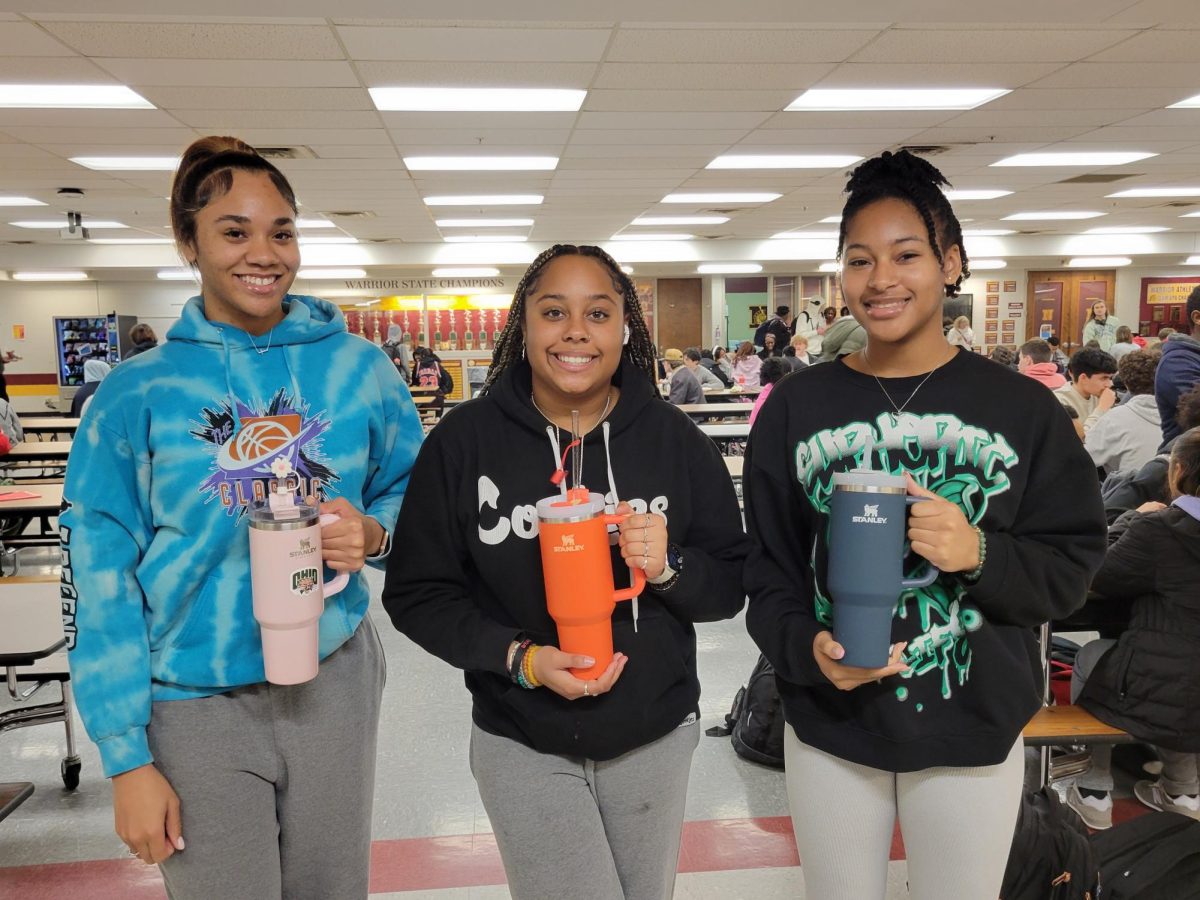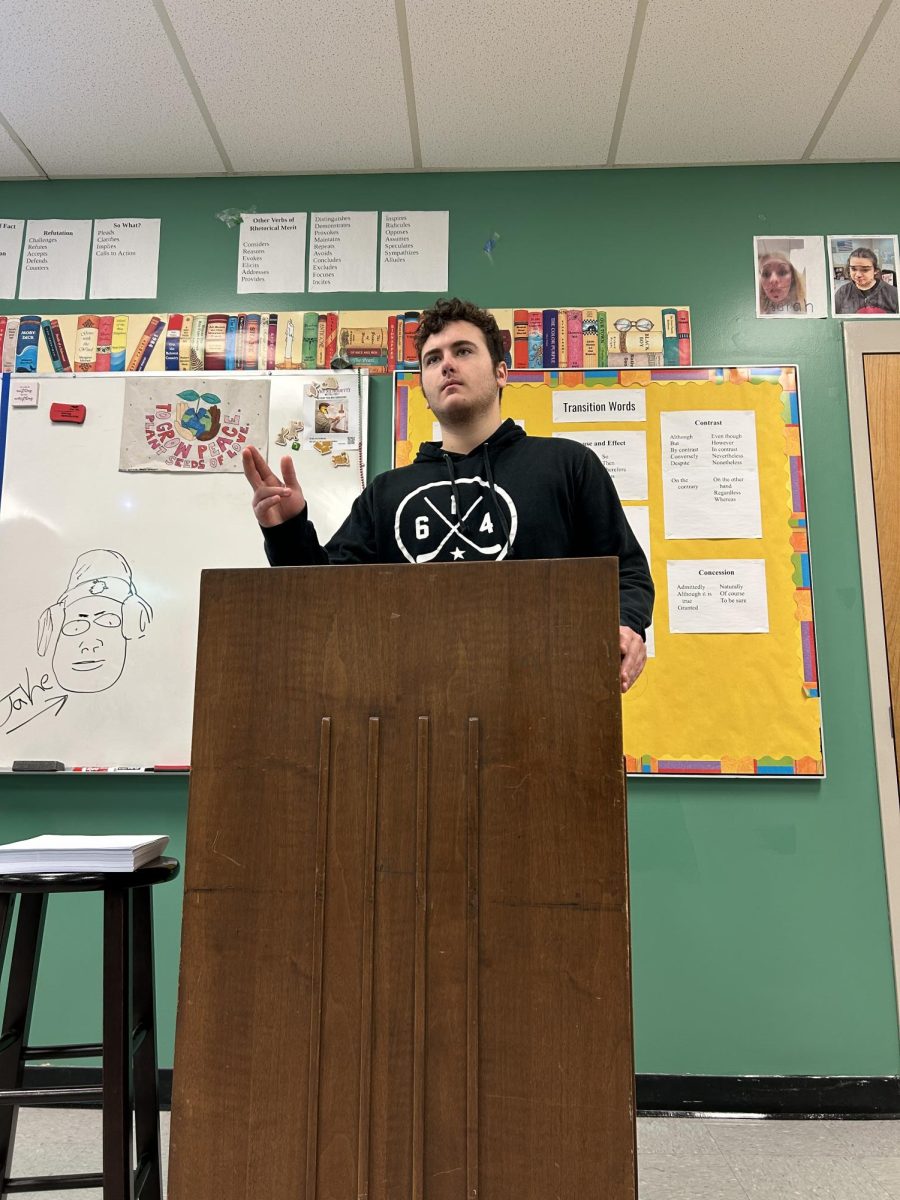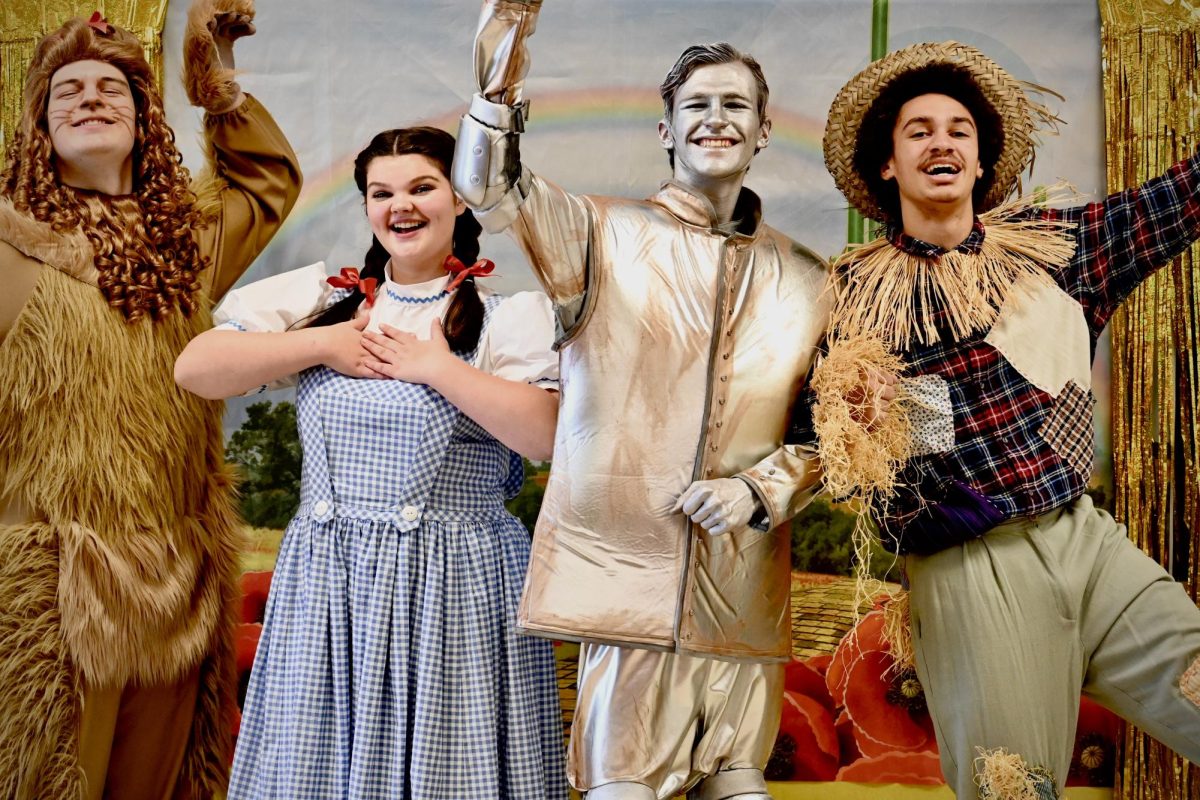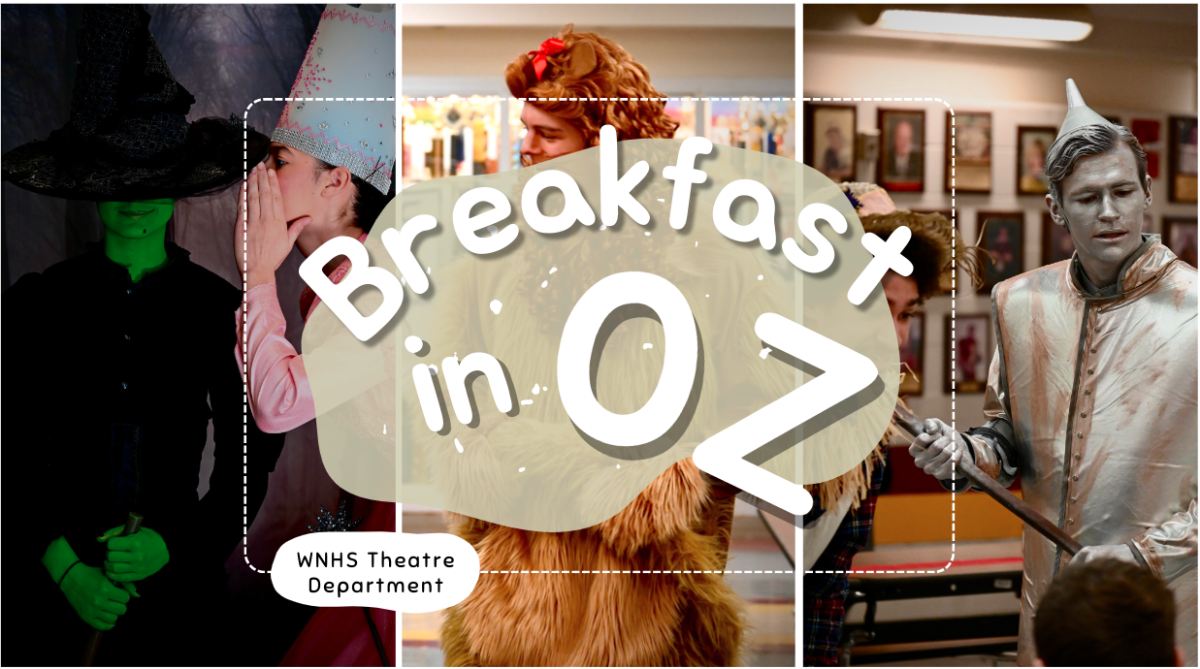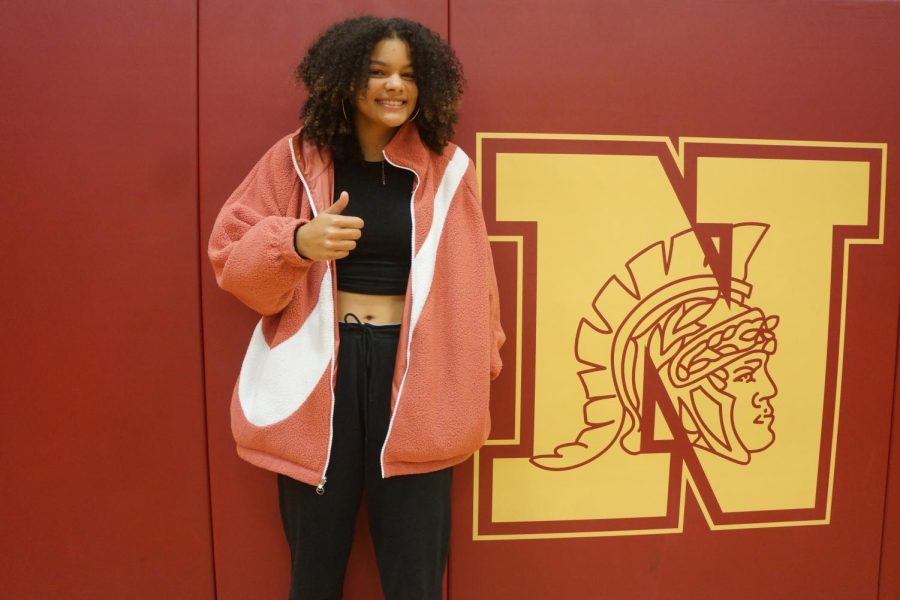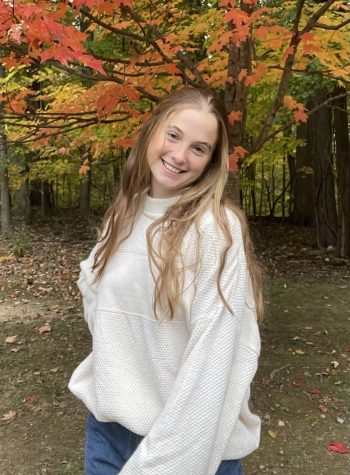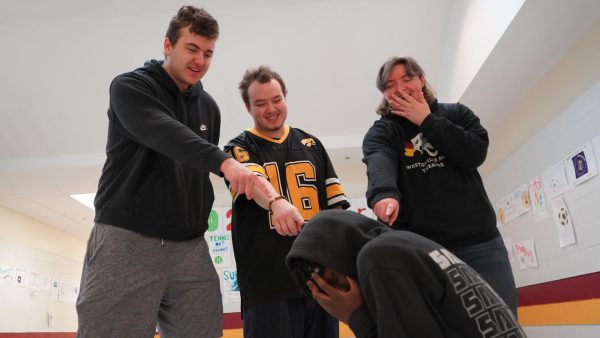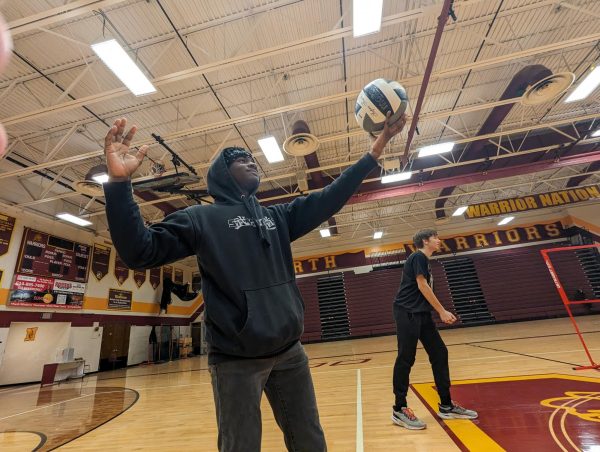The hype of college sports
Student- Kori Mcclure (12) will sign to St. Francis university (PA). Mcclure plans on continuing her volleyball career in college.
November 11, 2021
The life of a student-athlete has its ups and downs, but for some high school athletes, the biggest question asked is what comes after. Playing at the collegiate level is the plan for many athletes, however, others decide to not continue their athletic career beyond high school. According to National Collegiate Athletic Association (NCAA) Statistics, only seven percent of high school athletes continue to play in college. While a low majority of high school athletes commit, the NCAA consists of more than 480,000 student-athletes. Several North alumni have gone onto the next level, while others have not. There are also several student-athletes that partake in sports at North who are committed as well.
With the pressure to play at a higher level, student-athletes are scrambling to email coaches, put together highlight reels, and visit campuses. This was the case for senior Kori McClure, who committed to play Division I volleyball this past July for St. Francis University in Pennsylvania.
Growing up in a family of athletes, McClure found a passion for volleyball in the 7th grade. Since then she always had aspirations of playing college.
“I have always just loved volleyball,” she said, “I just want to keep playing it.”
The recruitment process can begin as early as middle school and as late as a senior year in high school. Normally coaches start contacting athletes in their sophomore or junior year. Depending on the sport, the NCAA says coaches can begin reaching out to athletes starting June 15, after sophomore year or September 1, of their junior year of high school.
McClure began her process in her sophomore year during her club season of volleyball. It wasn’t easy but with the support of coaches, teammates, and family she was able to find out where and what she wanted to do.
Going into it, McClure understood that the process was not linear, and in fact, took a lot of patience. She spent a lot of her time talking with college coaches and narrowing down her options.
“It’s discouraging at first…going through it you get a lot of no’s,” she said.
Many experience the same stress McClure went through, but oftentimes student-athletes find themselves stuck in the recruitment procedure and do not follow through to continue to play in college.
Andrew Scurlock (12) is a basketball player and golfer at North who intends to major in business at the Ohio State University while leaving his athletic career in the past. Scurlock loves the game but understands the huge sacrifice that playing in college comes with.
“I definitely thought about playing in college,” he said, “I just didn’t know the specifics and what [recruitment] was like.”
Although he doesn’t want to play now, Scurlock’s freshman self had different desires. That was until he began the process and realized that he didn’t want to pursue that pathway anymore. He came to the realization that college sports were not in his future.
“I didn’t understand the amount of work and time everything takes,” he said.
Playing in college is by no means an easy task to complete. Whether or not it is worth it is the question pondered by athletes across the board. Every athlete’s experience in college is different and as McClure prepares for her freshman year at St. Francis University in the fall of 2022, exciting nerves arise for the beginning of her collegiate career.
Former student, Makayla Parry, is a freshman at Cleveland State University and is currently playing Division I soccer. Parry committed her sophomore year with several other schools to choose from. “It was stressful committing so early, but being here now, I don’t regret anything,” Parry said.
“All that work is a relief,” McClure said when asked if the stress and pressure were worth it.
The experience was different for these athletes, as well as the outcome. College athletics is not every athlete’s pathway. Playing at any level is something that should be recognized and celebrated. McClure had offers from several schools but felt most at home at St Francis University. She knew that she had to spend the next four years of her life there and wanted to not just like it, but love it.
“It is a huge commitment… I wanted to be sure I loved it¨ McClure said.
According to the NCAA, Division I athletes spend almost 32 hours a week playing their sport, while Division II and Division III spend about 20 hours a week. “I don’t have much free time, it’s soccer, school, and sleep,” she said.
¨It controls your social life…I don’t want to get drained out,¨ Scurlock said.
Scurlock wants to have a college experience and focus on his studies without basketball being his entire life.
It is common for student-athletes to struggle in the classroom due to trying to juggle between school, their sport, and their social life.
¨You have to remember when committing that you are a student-athlete… It’s the student part that is important,¨ McClure said.
Parry is almost finished with her first year as a Division I athlete and has had a great experience so far.
“Playing a sport in college is not easy… but I wouldn’t have it any other way,” Parry said.
Athletics are a huge deal to many high school and college students. These North athletes, former and present, are all dedicated to what they do but have different futures. The pressure of an athlete wanting to pursue a college athletic career is very real and very difficult to achieve. The hype of committing may be overrated and unspecial to many but the work that student-athletes put in on and off the field, pitch, or court is impeccable.
